Arizona was made for long drives. Arizona’s tourism industry relies on people taking long, interesting journeys under boundless skies and stopping at various points along the way so that they may experience a bit of the state’s diversity.
With an overall population of 7,171,646, it is the 14th most populous state in the continental United States. With popular tourism sites and lifestyle upgrades, Arizona is getting very populated by passing years. Today I am going to discuss some of the most populated cities in Arizona.
1. Phoenix
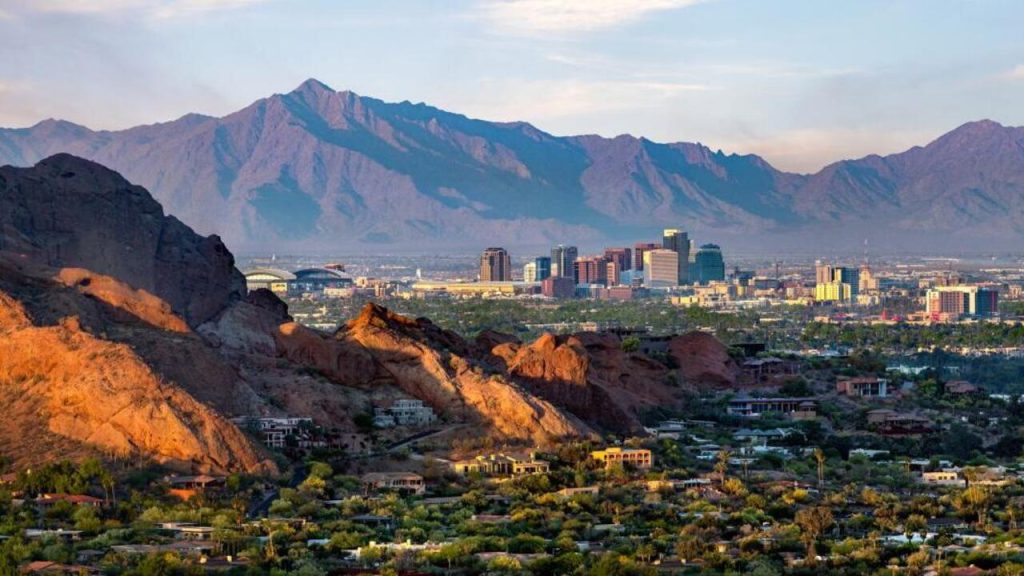
A population of 1,591,119, Phoenix is both the state capital and the most populated city in Arizona. It also has the sixth-highest population of any city in the USA. It covers 516.70 square miles and serves as the county seat for Maricopa County.
Phoenix, Arizona, was founded as a city in 1881 and has since become the state’s commercial and cultural center. Phoenix is home to the headquarters of a number of well-known companies. The United States military also maintains a sizable presence there.
The Phoenix Art Museum, Civic Space Park, and Children’s Museum Park are just a few of the city’s many must-see attractions. There is also the Japanese Friendship Garden and South Mountain Park (The Highest Desert Mountain Preserve).
Plus, Phoenix is a convenient jumping-off point for day trips to numerous Arizona attractions.
2. Tucson
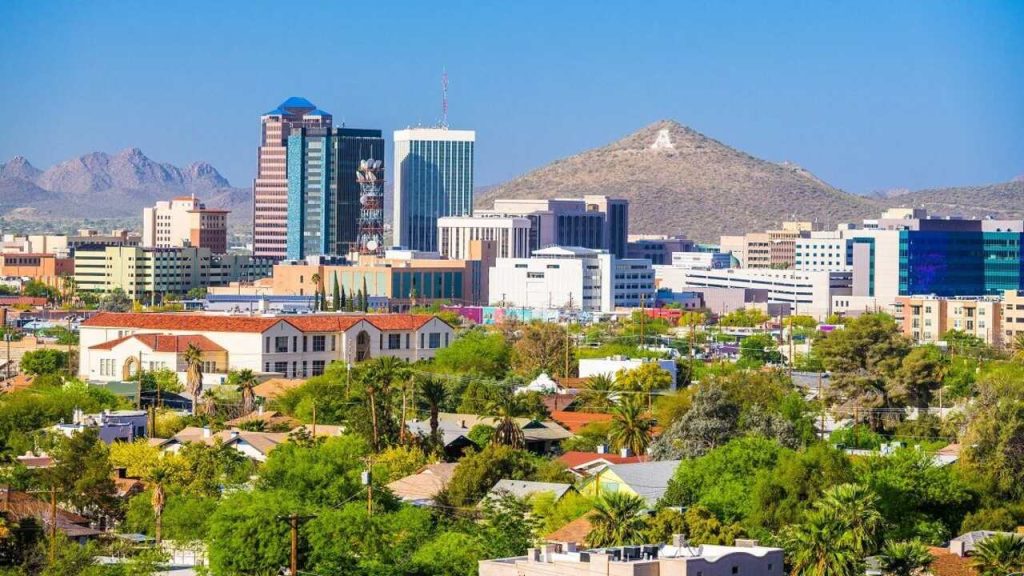
The city of Tucson in Pima County is best known as the setting for the University of Arizona. With 538,167 residents, it is the second most populated city in Arizona. The Spanish established this settlement as a military outpost, and the United States later bought it from Mexico as part of the Gadsden Purchase. The Old Pueblo is a name occasionally used to describe this city.
Nearly one-hundred and fifty businesses center their operations on the University of Arizona, where they are engaged in the development and production of optics and optoelectronics systems. In addition to oil and gas, tourism brings in over $2 billion a year for the economy.
In the month of February, Tucson hosts one of its most popular events: the Tucson Gem & Mineral Show. The Fourth Avenue Street Fair and the Tucson Folk Festival are two more events to check out. Tucson is home to a number of museums, including the Fort Lowell Museum, the University of Arizona Museum, and the Arizona State Museum.
3. Mesa
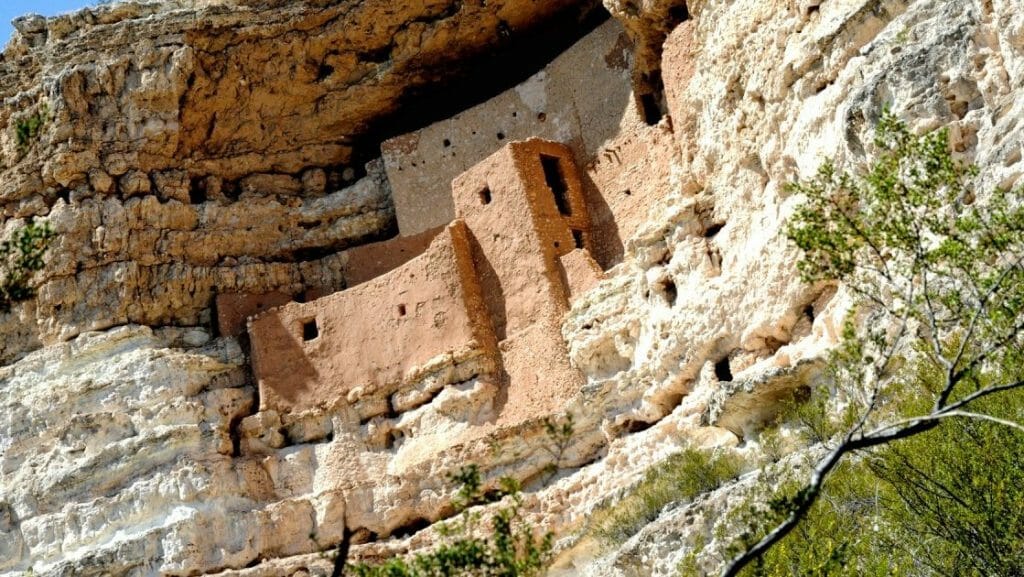
Mesa, one of Phoenix’s largest suburbs, is situated in Maricopa County. About 497,752 people call this city home, making it the third most populated city in Arizona and the biggest suburban city in the United States.
Agricultural activity in Mesa has decreased significantly as a result of the city’s proximity to the Phoenix metropolitan region and subsequent suburbanization.
Mesa Arizona Temple, Hohokam Park, Mesa Arts Center, and Mesa Amphitheater are just a few of the city’s many cultural hotspots.
Check out our list of the best cities to live in Arizona.
4. Chandler
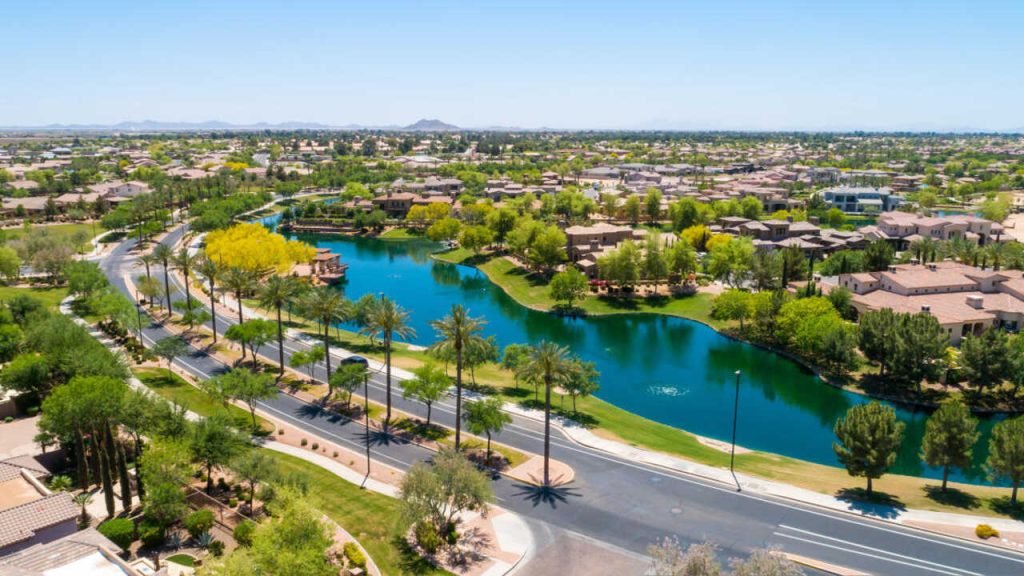
Chandler, in Maricopa County, is the state of Arizona’s fourth-largest city, with a total population of 245,231. The city’s economy relied on agricultural in the outset, but it has since shifted to become a center for the production of electrical components and computer peripherals.
Computer chip giant Intel plays a pivotal part in the city’s development plans. Aside from this, the city’s economy is supported by a number of large retail malls that draw entrepreneurs and shoppers alike. It all starts with Chandler’s annual Ostrich Festival.
5. Glendale
A total of 231,978 people call this city home, making it the fifth most populated city in Arizona. The Tongva people were the first known inhabitants of the region, and the name “Glendale” was officially adopted by the city’s citizens in 1884.
Glendale Central Airport is famous for its role in the development of aviation in the United States. In addition to being the home of the International House of Pancakes’ U.S. headquarters, Glendale is also home to many other prominent corporations. It has also been an important hub for the film, television, and animation industries.
6. Scottsdale
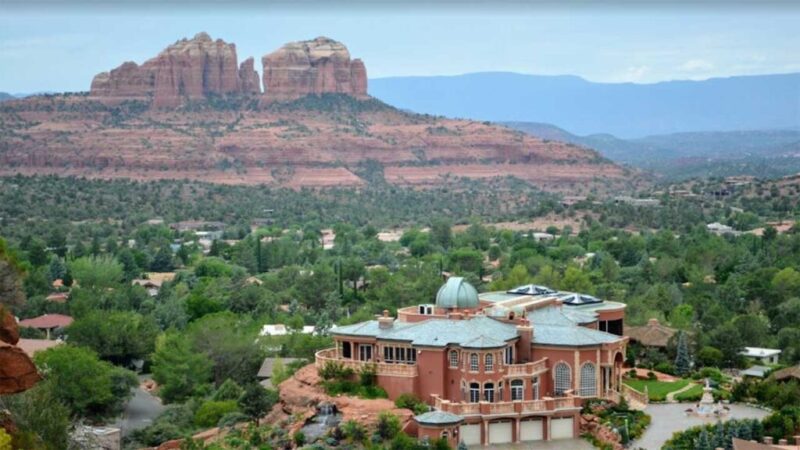
The city relies heavily on tourism, which is supported by the stunning natural scenery. Therefore, the tourist sector employs 39% of the city’s labor force. Over 70 hotels and resorts provide over 15,000 guest rooms. When compared to other US cities, Scottsdale has the most destination spas per resident.
The Annual Arts Festival in Scottsdale, Arizona, is the most successful gathering of its kind in the United States. Some of the city’s other well-known events and exhibits include the yearly Scottsdale International Film Festival, the Barret Jackson Auto Show, the Arabian Horse Show, Fashion Week’s high and low fashion displays, and the Scottsdale Rodeo.
These are the cheapest cities to live in Arizona.
7. Gilbert
Once dubbed as “The Hay Shipping Capital of the World,” Maricopa County’s Gilbert has seen better days. With a population of 223,131 and an area of 68.29 square miles, it ranks as the seventh-largest municipality in Arizona.
Gilbert’s economy is around the national average, and it’s expanding. Gilbert Public School and Banner Health are the two largest employers in the community, and the population density is low, typical of most of Arizona. In 2005, 2007, and 2014, the city has the fewest murders of any municipality in the country.
There is a wealth of historical architecture in Gilbert. These include the Gilbert Water Tower, the First Jail House, the Creed Building, and American Legion Post 39.
8. Tempe
Tempe, like Phoenix, is in Maricopa County and is home to 166,975 people. The Greek Vale of Tempe inspired the naming of this city in Phoenix’s East Valley.
The Hohokam people farmed here for centuries, but the city has since grown to become a suburb of Phoenix and a major hub for education and industry.
The city of Tempe is home to many theaters and concert halls, such as the Gammage Auditorium and the Tempe Center for the Arts. This city also has the state’s first IKEA store.
9. Peoria
Located roughly 13 miles southeast of Phoenix, Peoria is another important suburb. The Seattle Mariners and San Diego Padres both have their spring training operations there. The name “Peoria” wasn’t given until 1897, when the town was still mostly an agricultural center, and the city itself wasn’t founded until 1954.
Luke Air Force Base and the widespread availability of air conditioners contributed to the area’s rapid population growth in the early 1950s. Lake Pleasant Regional Park, located near Peoria, is a 23,000-acre park with two marinas.
Recreational activities including boating, fishing, water-skiing, kayaking, camping, and scuba diving draw many people to this oasis in the desert. More than sixty miles of paths for walking, biking, and even equestrian riding can be found throughout Peoria’s parks.
10. Surprise
After Gilbert, Surprise is the fastest-growing city in the greater Phoenix region. Incorporated in 1960, Surprise has been a refuge for retirees ever since its founding in 1938 by Flora Mae Statler. Sun City Grand is a vacation town for retirees, and it had a massive influx of new residents in the 1990s and early 2000s.
Each year, the Kansas City Royals and the Texas Rangers have their spring training here. Surprise combines the comforts of a small town with those of a large metropolis. This city caters to people of all ages with its many festivals, art exhibits, and cultural activities.
From its vantage point, the city looks out over the beautiful Sonoran Desert and Lake Pleasant Regional Park to the north, and the White Tank Mountain range to the west. Surprise is a great place to call home if you like spending time outdoors, since there are several trails, lakes, and campgrounds within a short drive.
11. Yuma
Southwest Arizona is home to Yuma. Yuma Territorial Jail State Historic Park, which is located on the banks of the Colorado River, has the surviving cells and guard tower of a prison from the Old West.
Quartermaster Depot State Historic Park is close by; it was a military depot and telegraph station in the 19th century.
As a tribute to the Southern Pacific Railroad, which passed through the area, a steam locomotive from 1907 has been placed on Pivot Point Plaza.
12. San Tan Valley
San Tan Valley is a CDP in the northern part of Arizona’s Pinal County. The population of San Tan Valley, Arizona, was 96,692 as of the 2020 census.
13. Goodyear
Maricopa County, Arizona, is home to Goodyear, the United States. A suburb of Phoenix, its population in 2020 was 93,651, up from 65,275 in 2010 and 18,911 in 2000. From 1990 to 2000, it was Arizona’s third-fastest growing city.
14. Buckeye
Buckeye is the most western suburb of the Phoenix metropolitan area and is located in Maricopa County, Arizona, in the United States. The population increased from 6,537 in 2000 and 50,876 in 2010 to 91,502 as of the 2020 census. In both 2017 and 2018, it grew at the quickest rate in the country.
15. Avondale
Located just south of Phoenix, Avondale is a city in Maricopa County, Arizona. The population of the city increased to 89,334 as of the 2020 census from 76,238 in 2010 and 35,883 in 2000.
Since 1980, Avondale, which was founded as a city in 1946, has seen tremendous residential and commercial development.
16. Flagstaff
City of Flagstaff, Arizona (Coconino County). Furthermore, this location serves as the county seat for Coconino County. The city of 79,023 people in 2020 makes it the 15th biggest in Arizona and the 493rd largest in the United States.
The population of Flagstaff, Arizona is 67,419, according to the 2020 census, and it is expanding at a rate of 1.41% each year. This is a 2.85% growth from the 2010 census count. Flagstaff has a population density of 1,197 persons per square mile despite its sprawling 66-mile size.
17. Casas Adobes
Casas Adobes is a census-designated place and unincorporated town in Tucson, Arizona’s northern metropolitan region. In 2010, there were 66,795 people living there. West of the neighborhood of Catalina Foothills and south and southwest of the town of Oro Valley are Casas Adobes.
Arizona has a rich cultural heritage and a friendly Southwestern allure. But the state is also filled with many people, which should be alarming by the end of the year.

